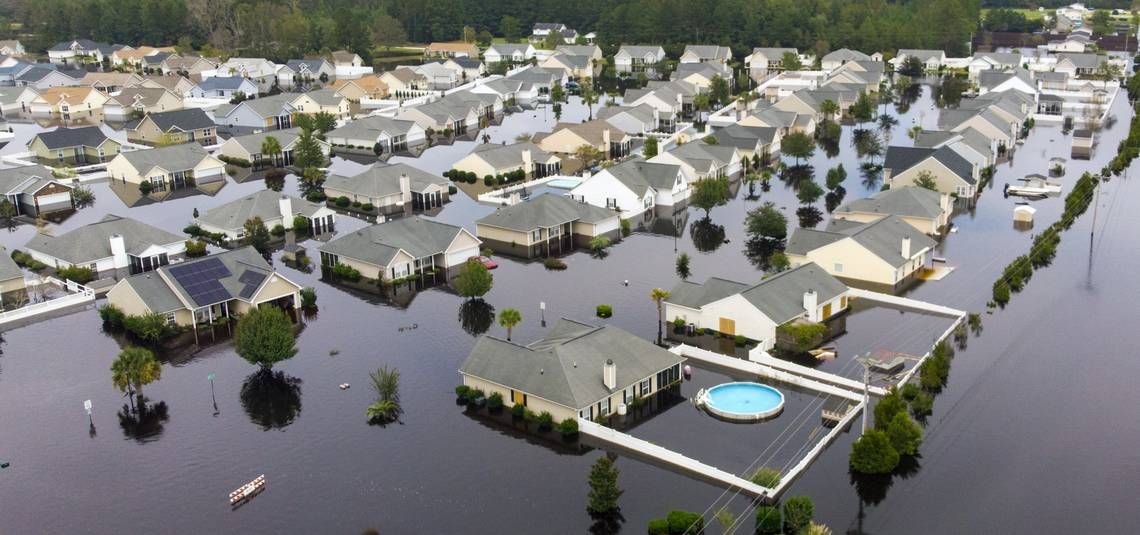The COVID-19 pandemic is a fast-motion version of the slow-moving disaster unfolding because of global warming, but the two world-wide threats are getting sharply differing responses.
The world has reacted to the pandemic with alarm, shutdowns and a massive united scientific effort to find treatments and a vaccine. Climate change will cost more lives and cause more economic damage than the pandemic – and it can’t be stopped with a vaccine – but it has not yet provoked a response equal to the urgency of its threat.
The disparity reflects the perception of the dangers. COVID-19’s toll is as clear as 1 million dead. Climate change’s impact is harder to measure and easier to ignore. And some U.S. leaders, starting with the president, do ignore it.
That lack of attention should challenge journalists to do more to define the threat of climate change in ways that the public can see. Creating wider public understanding will build a basis for the broad government and private actions needed to slow the catastrophic warming of the planet.
To that end, a remarkable journalistic project has made the threat clear in the Carolinas. The seven-part series recently published by The News & Observer and distributed to McClatchy newsrooms in the Southeast, is titled: “Danger Beyond the Beach: Climate change and its toll on health in the Carolinas.”
The series illustrates that climate change is not only about sea-level rise and more-frequent hurricanes. It’s not a concern only for beachfront homeowners and coastal communities. The threat extends “beyond the beach” and reaches into many lives in ways unnoticed or overlooked, but nonetheless dangerous and painful.
The series shows the range and diversity of that spread. In one part, it focuses on how climate change is accelerating the growth of bacteria in waterways. It’s happening because stronger ocean storm surges and more stormwater runoff inland are sweeping more bacteria into creeks and rivers. That bacteria is changing into more toxic forms in response to higher water temperatures.
One especially dangerous bacteria flourishing in the changing conditions is called a vibrio. It can enter the body through breaks in the skin and can be fatal.
“It has already become a bigger problem in the last 10 or 12 years,’’ University of South Carolina scientist Geoff Scott says in the report. “This is going to have a substantial increase in health care concerns and health care costs, and compromise the safety of our waters.”
The series explores the legacies of hurricanes Irene, Matthew and Florence, which battered the Carolinas in rapid succession. The frequent flooding has led to an explosion of mold in homes and buildings. The mold creates putrid odors and can cause breathing problems for those with asthma and allergies.
The series also reveals the effects of greater heat on farmworkers, who labor in the sun and struggle to sleep in stifling quarters without air conditioning as the cooling relief after sundown is fading. Experts say the rise in average temperatures in North Carolina is mostly caused by warmer nights.
For most of the 20th century, the series reports, the state’s average minimum temperature was 47.2 degrees Fahrenheit. It has been above that since 2002 and over the last five years has hovered around 50 degrees Fahrenheit. The rising night heat was the driver behind a troubling new high: 2019 was North Carolina’s hottest year on record.
The series shows how a global threat is affecting the Carolinas. The public needs to see this and more. Climate change is not a virus, but its ill-effects are spreading and the national alarm should be rising.
The “Danger Beyond the Beach” series was completed through a partnership of The News & Observer in Raleigh, North Carolina, The State in Columbia, South Carolina, Columbia Journalism School and the Center for Public Integrity. Funding for the project came from the Pulitzer Center on Crisis Reporting.
